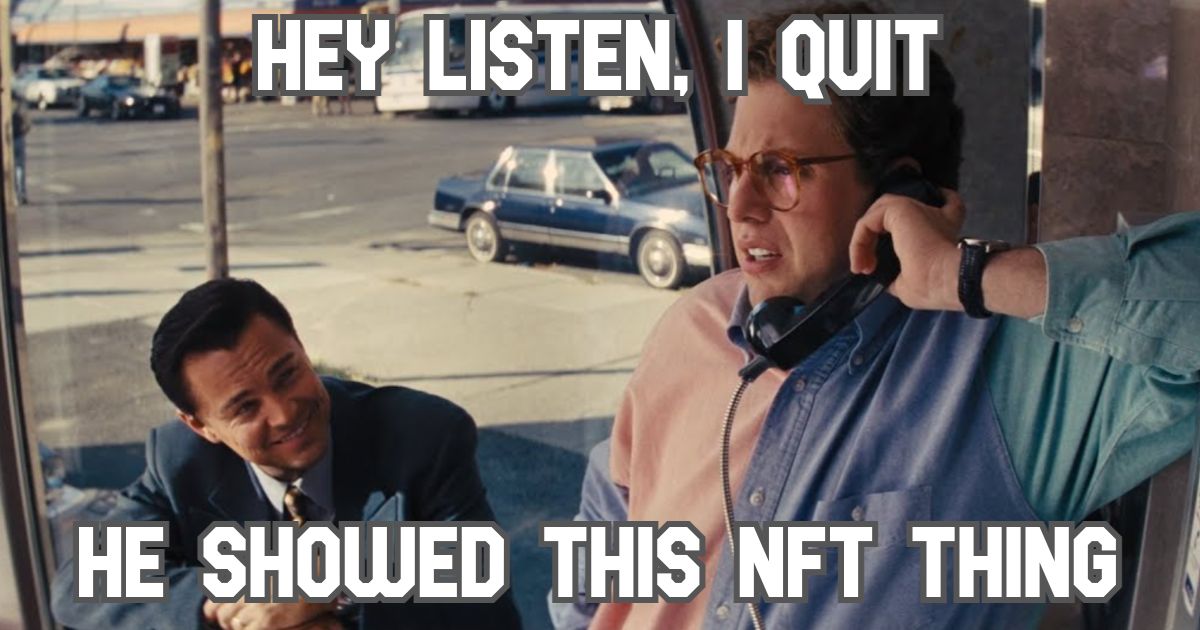NFT Mania 2021
Non-fungible tokens (aka NFTs) for digital assets are all the rage in 2021. A piece of digital art sold at a Christie’s auction for $69.3 million. NBA highlight videos are listing for hundreds of thousands of dollars. Jack Dorsey’s first tweet sold for $2.9 million as an NFT.

There is a problem with these digital asset NFTs. Almost all the digital assets the NFTs reference are stored on centralized systems. This means that the NFT on a decentralized blockchain points to the image, video, etc. at a URL that is likely owned by a single entity. If that entity goes away, decides not to host that asset, or changes the location of that asset (without redirecting) then the NFT is pointing at nothing. For a much more in-depth look at this problem, read Dan Kahan’s article.
So are NFTs pointless? Not at all. NFTs can represent any asset and actually make more sense for items outside the digital realm. Think of private property - houses, land, vehicles, etc. These all have some form of “paperwork” that proves the ownership of the asset. Unfortunately, this proof of ownership is often controlled by central sources that use proprietary (and many times, antiquated) technology and hide it all behind difficult to navigate processes combined with various fees. Having this proof of ownership on an open, decentralized immutable ledger makes a lot of sense. In addition to proof of ownership, NFTs can contain code that enforce agreements/rules around what can and cannot be done with the NFT. That said, smart contract caveats apply to NFTs.
My guess is that the hype around digital asset NFTs will soon subside, and the solutions to their biggest problem will slowly take shape. Meanwhile, the less sexy applications of NFTs will build momentum. The money being poured into NFTs today will likely pay off in ways that will surprise us years from now.
